Hello fellow photography fans,
I'll try to dispense with a long preamble and get right to the heart of the matter.
Here is my tale of woe. I'm trying to shoot still lifes in my makeshift home studio. I have a lighting set from Smith Victor that consists of two 500 watt photo floods with umbrellas and a boom with a 500 watt incandescent. Large roll of a very white backdrop and the aforementioned Nikon CP950, a few tripods, and a full compliment of software running OS X on my Macs.
Although the CP950 has issues with chromatic aberration and a tendency to leave a lot of purple pixels throughout any images, for the most part it's worked well for traditional outdoor daytime and night shots.
Working indoors is a completely new pursuit for me, and my results, so far, to be charitable, have been awful.
It seems no matter what exposure mode I use, how I set my white point, metering, lighting compostion, etc., my stills are just awful.
My white backgrounds have a yellow, gray to dark gray, or blue cast, way too many shadows that do not appear to the naked eye, and just look awful.
Despite the naked eye view of things looking quite bright and clean with a good white background, the camera results are dark and do not have good color fidelity.
For example, last night I was shooting a jet black object and no matter how I lit the thing, tinkered with the camera settings, lighting, etc. the item appeared to be navy blue once brought into my calibrated monitor. While it's true that a lot of these issues I can address in Photoshop, but there just has to be a better way.
Give the equipment involved, I would welcome any suggestions for improving myresults. I took several hundred test shots varying f-stops, exposure adjustments, lighting tweaks, etc., and then reviewed the results and the EXIF datum.
Although I learned what would result in truly awful results, I came away frustrated, disappointed and feeling like a complete nincompoop. Everything was awful, some just more awful than the rest.
I checked the camera performance in daylight today, and the results were normal.
I know my gear is not state of the art, and I know this kind of studio work is not easy to do well, but I've been taking photos for almost 40 years and I never imagined my stuff would look as bad as it currently does. I'd upload some of the images, but I'm just too ashamed of them.
Anyway, if you have any suggestions by way of books, advice, tips, links, etc., to assist me in ramping up the learning curve I would be most appreciative. I'm currently thinking my lighting set-up is far too inadequate but I don't want to invest in more lighting or other gear before I develop some confidence in my technique.
I *could* move the shooting outside where my comfort level is higher ad my results much better, but it's getting very cold now and I'm desperate to work in a climate and lighting controlled environment.
Thanks for taking the time to read and for any assistance.
~B
I'll try to dispense with a long preamble and get right to the heart of the matter.
Here is my tale of woe. I'm trying to shoot still lifes in my makeshift home studio. I have a lighting set from Smith Victor that consists of two 500 watt photo floods with umbrellas and a boom with a 500 watt incandescent. Large roll of a very white backdrop and the aforementioned Nikon CP950, a few tripods, and a full compliment of software running OS X on my Macs.
Although the CP950 has issues with chromatic aberration and a tendency to leave a lot of purple pixels throughout any images, for the most part it's worked well for traditional outdoor daytime and night shots.
Working indoors is a completely new pursuit for me, and my results, so far, to be charitable, have been awful.
It seems no matter what exposure mode I use, how I set my white point, metering, lighting compostion, etc., my stills are just awful.
My white backgrounds have a yellow, gray to dark gray, or blue cast, way too many shadows that do not appear to the naked eye, and just look awful.
Despite the naked eye view of things looking quite bright and clean with a good white background, the camera results are dark and do not have good color fidelity.
For example, last night I was shooting a jet black object and no matter how I lit the thing, tinkered with the camera settings, lighting, etc. the item appeared to be navy blue once brought into my calibrated monitor. While it's true that a lot of these issues I can address in Photoshop, but there just has to be a better way.
Give the equipment involved, I would welcome any suggestions for improving myresults. I took several hundred test shots varying f-stops, exposure adjustments, lighting tweaks, etc., and then reviewed the results and the EXIF datum.
Although I learned what would result in truly awful results, I came away frustrated, disappointed and feeling like a complete nincompoop. Everything was awful, some just more awful than the rest.
I checked the camera performance in daylight today, and the results were normal.
I know my gear is not state of the art, and I know this kind of studio work is not easy to do well, but I've been taking photos for almost 40 years and I never imagined my stuff would look as bad as it currently does. I'd upload some of the images, but I'm just too ashamed of them.
Anyway, if you have any suggestions by way of books, advice, tips, links, etc., to assist me in ramping up the learning curve I would be most appreciative. I'm currently thinking my lighting set-up is far too inadequate but I don't want to invest in more lighting or other gear before I develop some confidence in my technique.
I *could* move the shooting outside where my comfort level is higher ad my results much better, but it's getting very cold now and I'm desperate to work in a climate and lighting controlled environment.
Thanks for taking the time to read and for any assistance.
~B


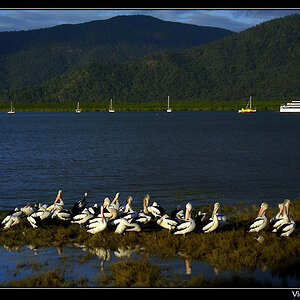
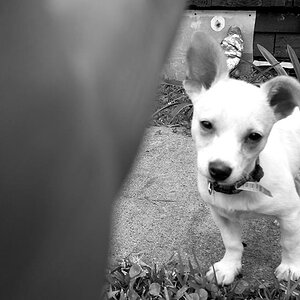
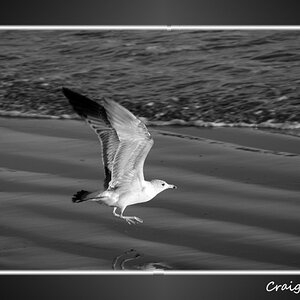
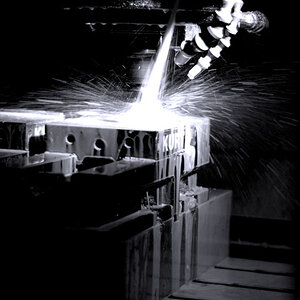
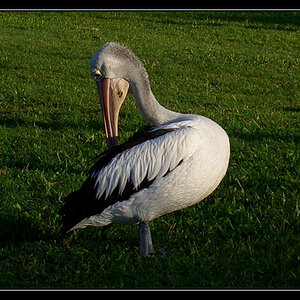
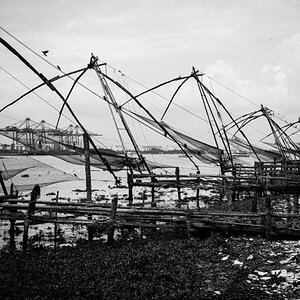
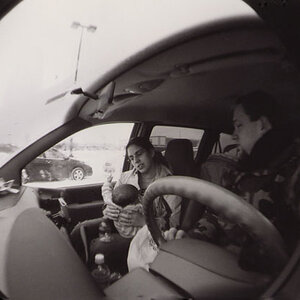
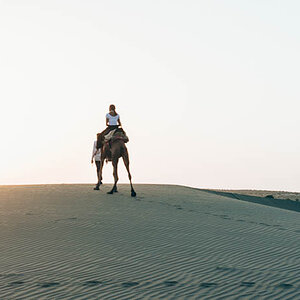
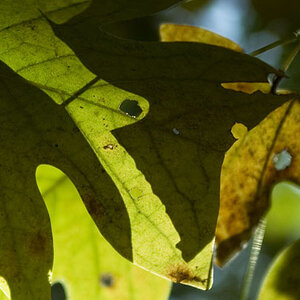
![[No title]](/data/xfmg/thumbnail/37/37490-9848752f4de5e403f7f20db193e0fb64.jpg?1619738111)
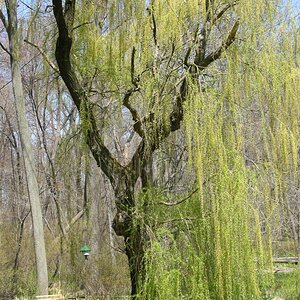
![[No title]](/data/xfmg/thumbnail/37/37487-ad3e64cc240e01884ca21a4f8e500b26.jpg?1619738111)